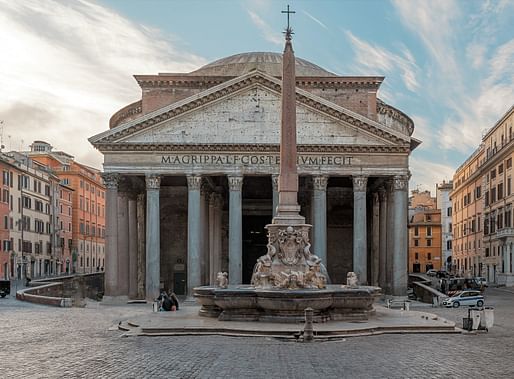

A team of researchers from MIT and Harvard University, working with laboratories in Italy and Switzerland, has made progress in understanding how concrete used by the ancient Romans has lasted for millennia. The discovery, outlined in a new paper published in the journal Science Advances, centers on the ancient civilization’s use of white lime minerals in their concrete mix, which can “self-heal” the material over time.
The white chunks, often referred to as “lime clasts,” had previously been disregarded as evidence of poor mixing practices by the Romans, with researchers instead attributing the durability of ancient Roman structures to the use of volcanic ash in cement mixes. However, the latest findings suggest the lime clasts are, in fact, the ingredient that gave the concrete a self-healing capability.
“The idea that the presence of these lime clasts was simply attributed to low-quality control always bothered me,” said MIT professor Admir Masic, who co-authored the paper. “If the Romans put so much effort into making an outstanding construction material, following all of the detailed recipes that had been optimized over the course of many centuries, why would they put so little effort into ensuring the production of a well-mixed final product? There has to be more to this story.”
Using high-resolution multiscale imaging and chemical mapping techniques, the team discovered that through a high-temperature mixing process, the Romans infused the lime clasts in their cement mixture to create a brittle, easily fractured nanostructure. As cracks appeared in the finished concrete mass, the lime clasts would react with intruding water to create a solution that could “recrystallize” calcium carbonate in the mixture and quickly fill the crack.
The team’s hypothesis was confirmed through a test of two concrete samples; one using the ancient Roman mixture, and one using modern formulations. Having deliberately cracked both samples, the team found that within two weeks, the ancient Roman sample had completely healed and no longer allowed water to pass through its structure, while the modern formulation remained compromised.
“It’s exciting to think about how these more durable concrete formulations could expand not only the service life of these materials but also how it could improve the durability of 3D printed concrete formulations,” noted Masic, whose team is now working on commercializing the modified cement material.
No Comments
Block this user
Are you sure you want to block this user and hide all related comments throughout the site?
Archinect
This is your first comment on Archinect. Your comment will be visible once approved.